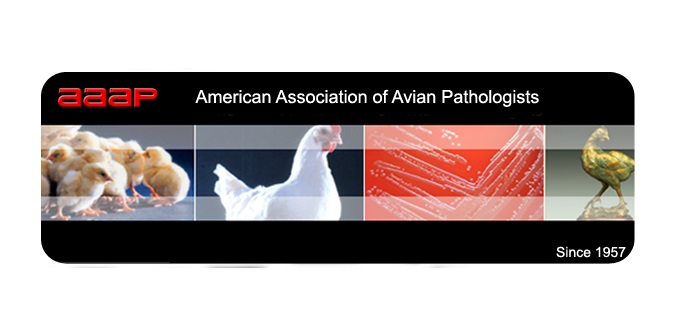Antibiotic treatment remains an important tool for poultry veterinarians, to protect the health and well-being of flocks, and should not be “sacrificed” in pursuit of marketing an antibiotic-free product.
This is the clearly defined position statement, newly drawn up by the American Association of Avian Pathologists (AAAP) to achieve a balanced understanding of how poultry vets should approach decisions on whether or not to use antibiotics when treating a flock herd problem.
While maintaining that antibiotic use must be minimised through carefully planned and well-executed preventative practices, AAAP’s conclusion is that the “important tool” aspect of using antibiotics also needs to be observed by the industry and all others who are concerned about the issue.
In this context, AAAP’s new White Paper on Poultry Welfare and Careful Antibiotic Use includes the following section: “There is a growing trend for some food retailers and restaurants to only offer poultry products from flocks raised with no antibiotics. This practice may result in situations where farmers are reluctant to allow treatment of flocks in order to maintain their ‘antibiotic free’ status.
“A veterinarian should be involved in the decision-making, keeping in mind there may not be an available or approved antibiotic treatment option for some diseases. Antibiotic treatment should be a viable option when appropriate and necessary for the health and well-being of the animal, even when marketing and consumer preference dictate otherwise.”
The same document also counters what AAAP describes as “two common misconceptions”, namely that the on-farm use of antibiotics results in antibiotic resistant ‘superbugs’ and that the treatment of a farm animal results in antibiotic residues in food.
“There is no evidence that antibiotic use in food animals has resulted in widespread cases of untreatable bacterial illnesses in people,” it is stated.


